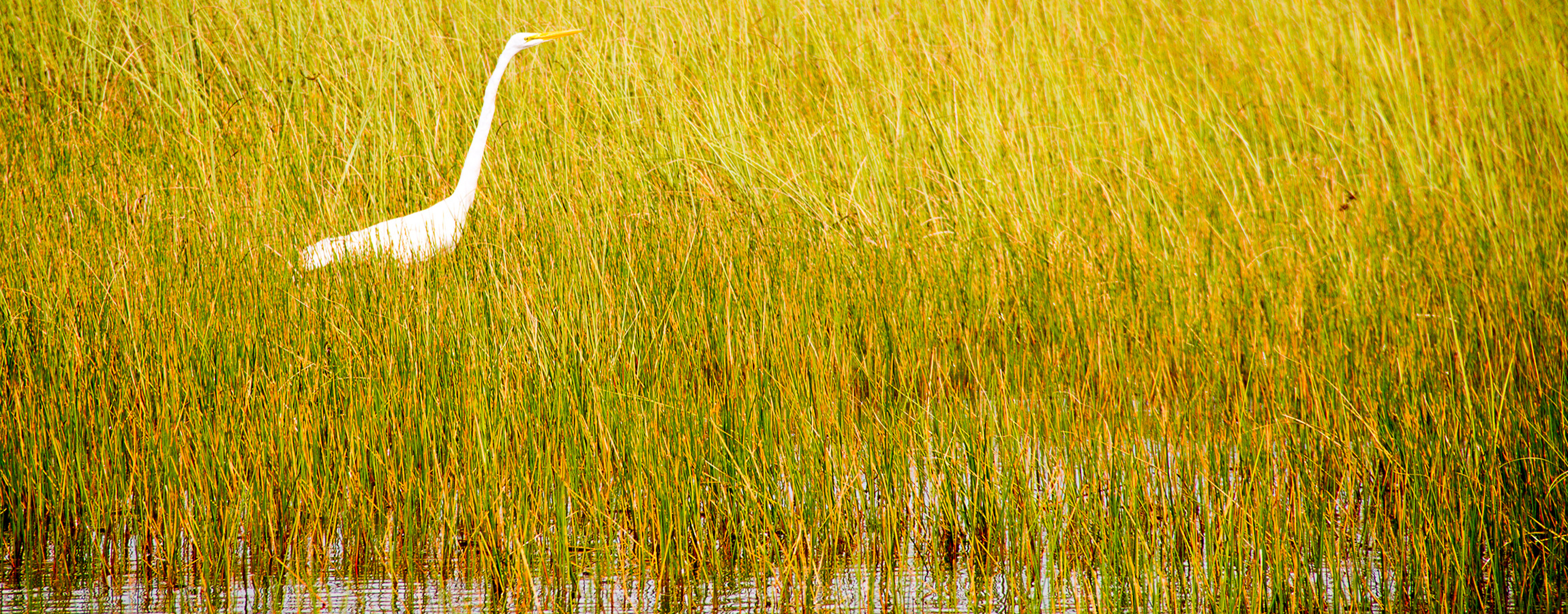
Miccosukee Indians were also originally part of the Lower Creek Indians that inhabited Alabama and Georgia. They settled in Florida around 1715 and lived by hunting, fishing and growing crops, especially corn. The Miccosukees were also targeted by the US Government for relocation to Oklahoma during the three Seminole Wars between 1817 and 1858. Only about 50 Miccosukee Indians managed to avoid capture by hiding in the Everglades.
At first, the Miccosukee Indians were self-reliant, trading fish, game, and alligator skin for necessities such as food, clothing, guns and ammunition. However, their independence was compromised when the government began draining the Everglades and building canals for agricultural purposes in the early 1900s. This greatly reduced the fish and game populations that were the basis for the Miccosukee economy. At the same time, Miami became a major metropolitan area. In 1928, the Tamiami Trail was began providing non-Indians access to the abundant fish and game previously reserved for the Miccosukees.
In 1947, The US Department of the Interior declared that the majority of the land pertaining to Miccosukee Indian ancestral land was to become part of the Everglades National Park. Consequently, the Miccosukees were thrown into modern living and forced to create an economy that provided for commerce and education. Nevertheless, the Miccosukees managed to retain their culture by keeping their clans, language and ways.
To this day, some still prefer to live in chickees, the traditional Indian swamp dwelling. The basis for the Miccosukee economy now is tourism and gambling, which supports the approximate 550 Miccosukee Indians that live in the Everglades.
Want to know more? Learn the full history of the Miccosukee Indians on an Everglades airboat safari.










